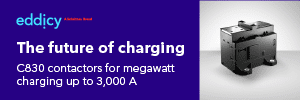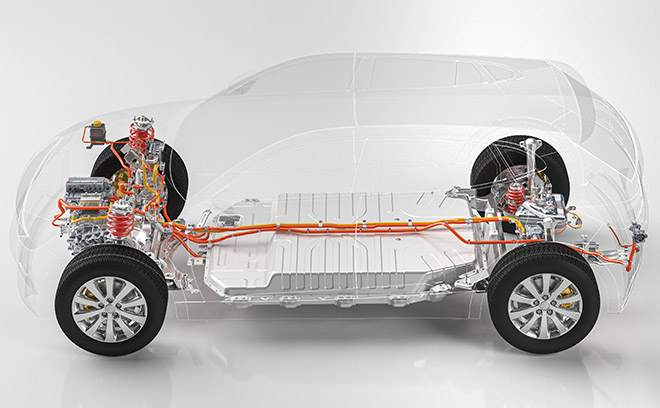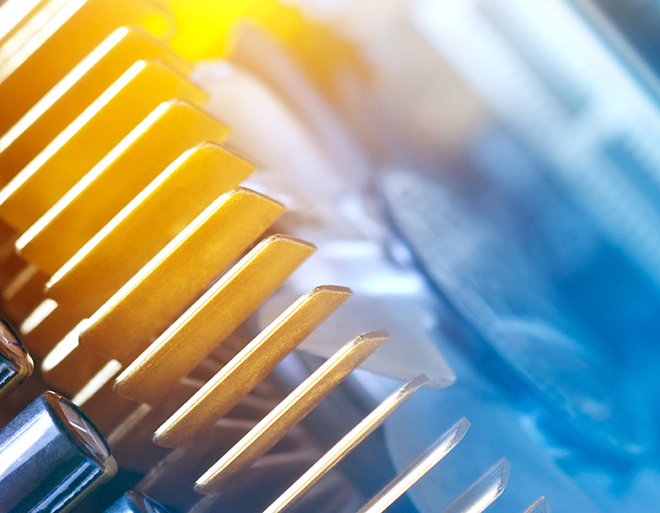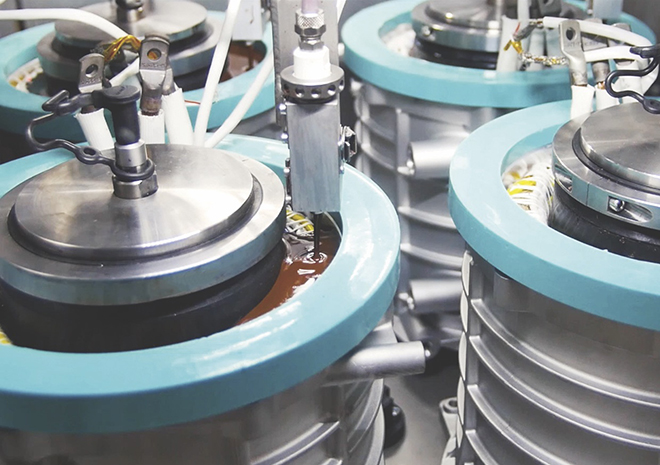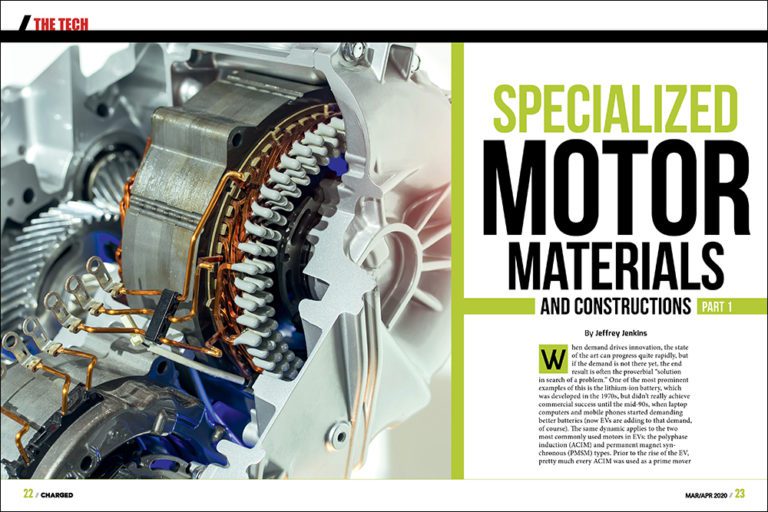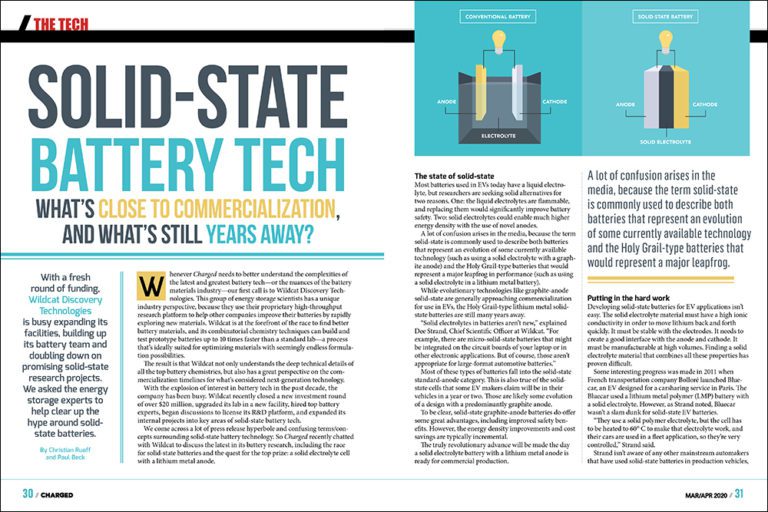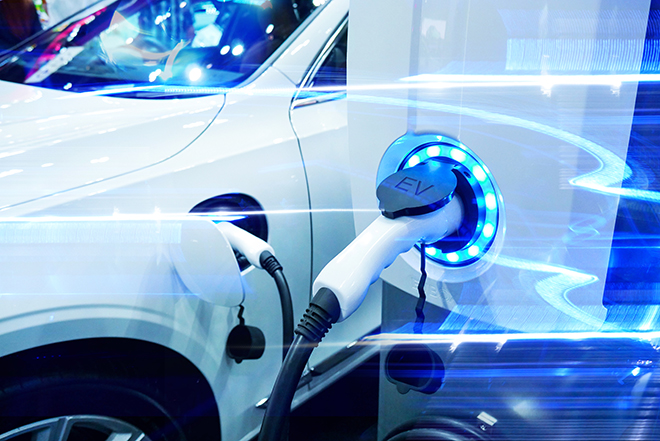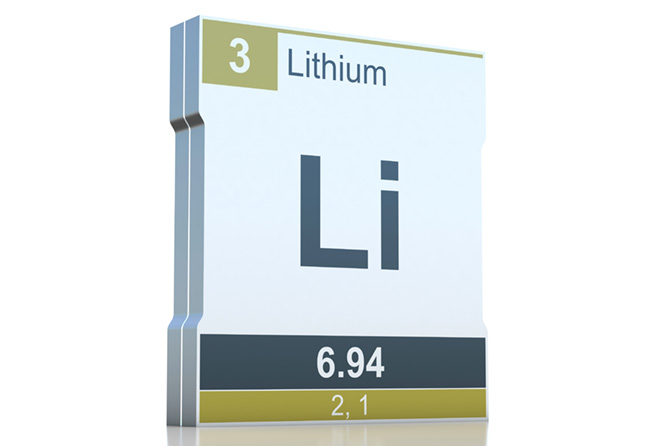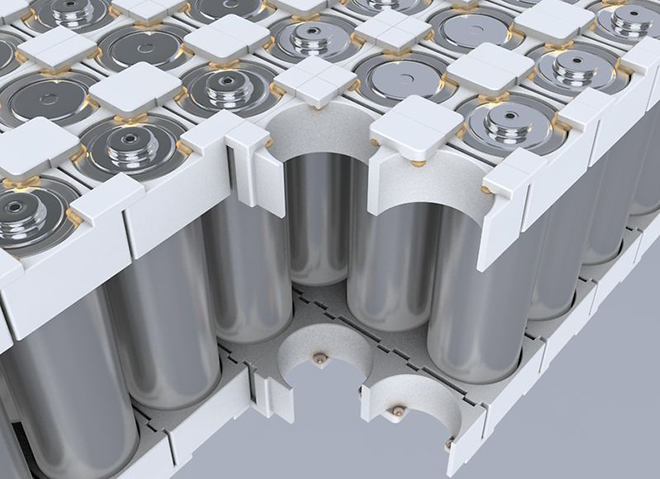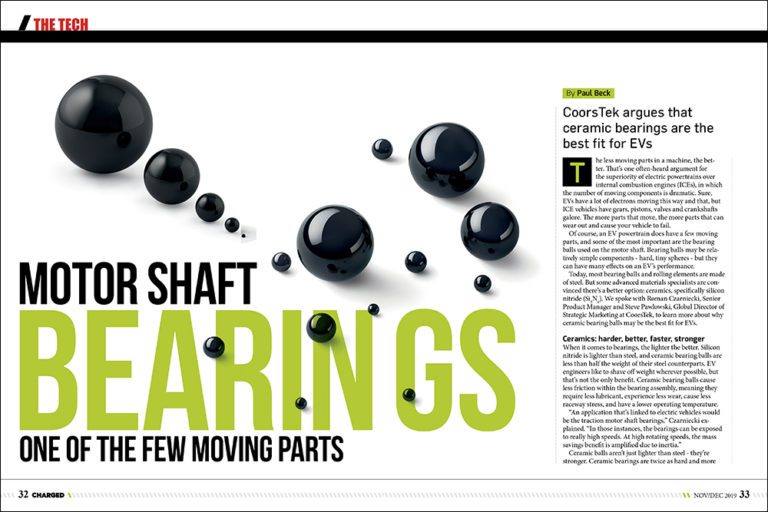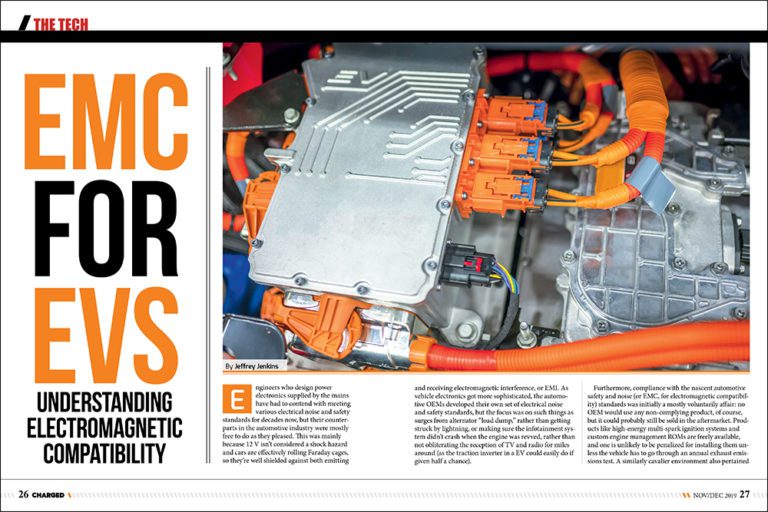Sponsored by Nordson Sealant Equipment Nordson Sealant Equipment is identified as one of the leading precision dispensing manufacturers in the industry. We partner with most of the top 10 EV battery manufacturers to help build more than one million electric vehicles on the road today. While Nordson may know a thing or two about EV… Read more »
Search Results Found For: "formula e"
Frequently asked questions regarding silicone thermal interface materials
Sponsored by Momentive As electronic devices continue to get smaller, the amount of heat they dissipate continues to increase. Cooling and temperature control of these devices are needed for proper operation. Silicone thermal interface materials (TIMs), which contain a high ratio of fillers that exhibit outstanding thermal conductivity, have shown to be excellent for such… Read more »
Potting e-motors and capacitors: Today’s challenges in resin dispensing technology
Sponsored by Demak Group Established in the early 1980s, Demak Group develops new technologies for the dispensing of resins, by producing equipment for the degassing, meter-mixing, and dosing of epoxy, polyurethane, silicone resins, and many others. In addition to formulating and producing chemicals, it can also supply customers with suitable resins for their processes and… Read more »
Specialized motor materials and constructions (Part 1)
When demand drives innovation, the state of the art can progress quite rapidly, but if the demand is not there yet, the end result is often the proverbial “solution in search of a problem.” One of the most prominent examples of this is the lithium-ion battery, which was developed in the 1970s, but didn’t really… Read more »
Solid-state battery tech: What’s close to commercialization, and what’s still years away?
With a fresh round of funding, Wildcat Discovery Technologies is busy expanding its facilities, building up its battery team and doubling down on promising solid-state research projects. We asked the energy storage experts to help clear up the hype around solid-state batteries. Whenever Charged needs to better understand the complexities of the latest and greatest battery… Read more »
LiTDI: An electrolyte additive for extended battery life and fast charging
Sponsored by Arkema With the electric vehicle market driving a surge in demand for lithium-ion batteries, research is intensifying to develop new electrolytes that not only ensure battery performance, lifetime, and safety, but also enable high-energy anode materials, such as silicon, and cathode materials, such as NMC 811. High purity electrolyte components are crucial to… Read more »
Lilac Solutions to use novel technology to extract lithium from the Salton Sea
Beneath California’s Salton Sea lies a vast pool of super-heated fluid that’s long been exploited as a source of geothermal power. The underground reservoir is also rich in lithium, but over the years, so many companies have tried, and failed, to economically extract the light white stuff, that the area has been called a “graveyard… Read more »
Henkel and Covestro develop adhesive solutions for efficient Li-ion cell assembly
With the aim of lowering the cost of battery manufacturing, Henkel and Covestro have developed a joint solution that enables the efficient fixation of cylindrical Li-ion battery cells inside a plastic cell holder. The design is based on a UV-curing adhesive from Henkel and a UV-transparent polycarbonate blend from Covestro. Henkel’s Loctite AA 3963 battery… Read more »
EV motor shaft bearings: One of the few moving parts
CoorsTek argues that ceramic bearings are the best fit for EVs The less moving parts in a machine, the better. That’s one often-heard argument for the superiority of electric powertrains over internal combustion engines (ICEs), in which the number of moving components is dramatic. Sure, EVs have a lot of electrons moving this way and… Read more »
EMC for EVs: Understanding electromagnetic compatibility
Engineers who design power electronics supplied by the mains have had to contend with meeting various electrical noise and safety standards for decades now, but their counterparts in the automotive industry were mostly free to do as they pleased. This was mainly because 12 V isn’t considered a shock hazard and cars are effectively rolling… Read more »



